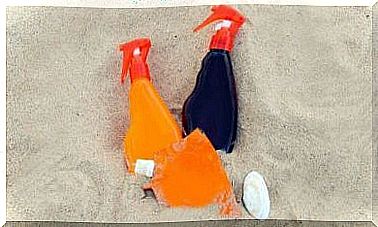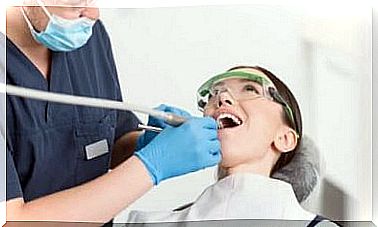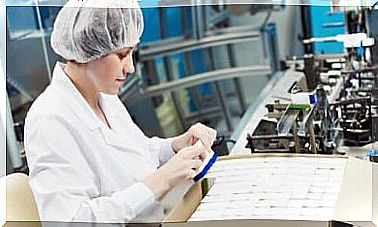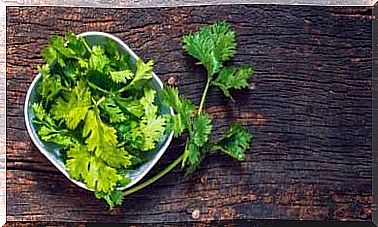Anatomy Of The Back Muscles
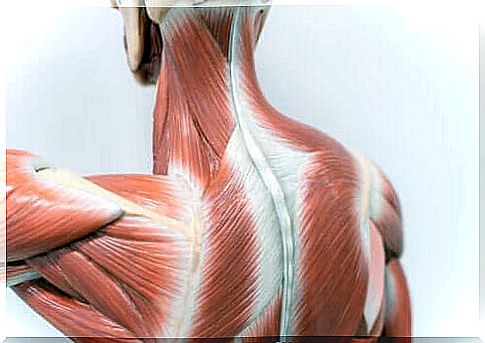
The back muscles are in the area of the trunk of the body that lies in the posterior region. We can delimit it between the neck and the pelvis, where the lower limbs begin. In addition, the back can be divided into two regions:
- Thoracic area: This is the upper back, in direct relationship with the upper limbs and with the thoracic organs such as the lungs and heart.
- Lumbar area: This is the lower back, below the chest, connected to the lumbar spine and abdominal organs such as the liver and intestines.
The back muscles, then, have their functions defined according to their location in the human body and the other structures with which they relate.
These are muscles that determine body posture and also regulate the three basic trunk movements: flexion, rotation and extension. They are objects of study for the field of occupational medicine because of the work-related injuries that are associated with them.
They contribute to the protection of the organs of the chest and abdomen, being part of the walls that isolate them from the outside. Some of these muscles, usually the smaller ones, are part of the mechanism for mobilizing the upper limbs.
We are not going to describe all the back muscles, but rather see an overview of the most relevant ones, dividing them into three regions, according to their depth. So, next, we’ll talk about deep, intermediate, and superficial muscles.
Deep plane back muscles

The deep plane back muscles are those that are farthest from the surface and closest to the internal organs, and in close connection with the spine. As a general group, they extend from the neck to the sacrum. On the other hand, they fulfill a basic and fundamental function: controlling the posture of the whole body.
Let’s look at some of them:
- Spinals: They run along the entire spine, between the spinous apophysis and the transverse apophysis of the vertebrae. Scientific studies in recent years have discovered how they are being affected by poor posture at work. We can distinguish two types:
- The interspinous ones connect the spinous apophyses of different vertebrae. They are spinal extensors.
- The intertransverses do the same with the transverse apophyses. Serve for lateralization movements.
- Sacrolumbars : are those that join the pelvis with the spine, reaching some cervical vertebrae. They are able to extend the spine and also play a very important role in tilting the trunk sideways.
- Dorsal serratus : there are two varieties, the cranial serratus or postero-superior serratus and the caudal or postero-inferior serratus. These are muscles that participate in the respiratory dynamics, helping the chest to exhale and inhale. They originate in the spine and insert into the ribs.
Midplane back muscles
Simply put, we can summarize the role of this muscle group in regulating the movements of the scapula. They are, therefore, in direct connection with the bone we know as the shoulder blade.
This bone articulates “falsely” with the rib cage. For this reason, it is known as a “false joint” because it is not typically constituted, like other joints, but rather a bony surface – the scapula – over the muscles – the serratus.
Here we will name:
- Scapula lifter : can be classified as an upper limb muscle by the objective it accomplishes. It starts at the shoulder blade and reaches the cervical vertebrae.
- Rhomboids : when this muscle contracts, it brings the scapula closer to the spine, in an adduction movement. It also communicates the scapula with the spine in its insertions. Its name is due to its diamond shape.
Muscles of the surface plane

The superficial plane back muscles are the best known, certainly for being linked to the exercise of weight training and aesthetics. A good development of these back muscles creates a characteristic appearance in those who regularly go to a gym.
However, functionally, its importance is far from being aesthetic. The muscles in this plane are actively involved in the movements of the shoulder joint.
There are two most relevant:
- Trapezius : is one of the largest muscles, with three connecting parts. It has insertions in the occipital bone of the skull, in the cervical vertebrae, in the clavicle, in the dorsal vertebrae and in the scapula. Allows:
- shoulder abduction;
- the approximation of the scapula to the spine;
- the descent of the shoulder blade.
- Latissimus dorsi or latissimus dorsi : begins its course in the last dorsal vertebrae and in the common mass of aponeurosis that forms the last three ribs to reach the iliac crest of the pelvis and also inserts in the lumbar vertebrae, extending to the humerus. It is thin, practically flat and triangular in shape. When the arm acts as a fixed point, making a lever, it is able to elevate the trunk.

